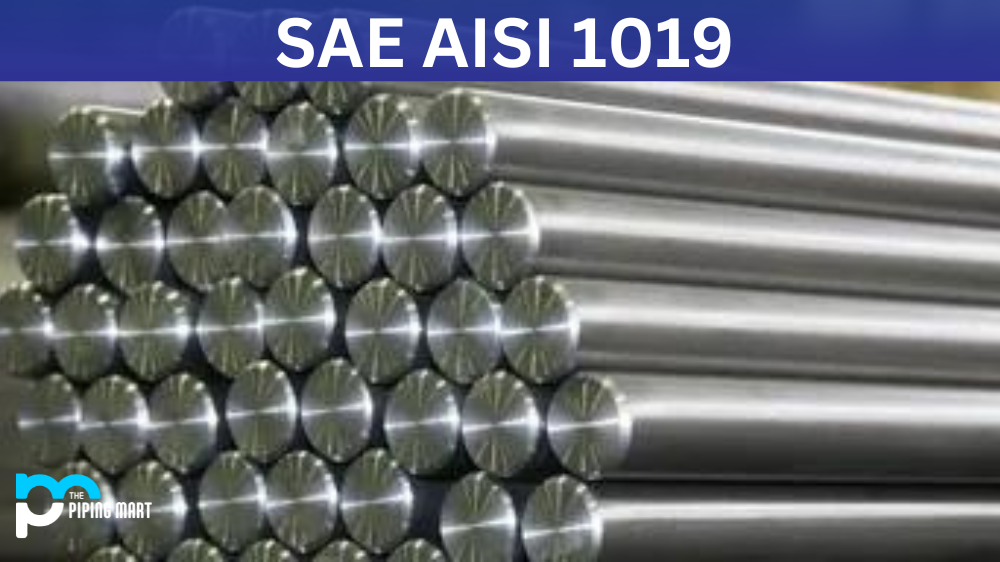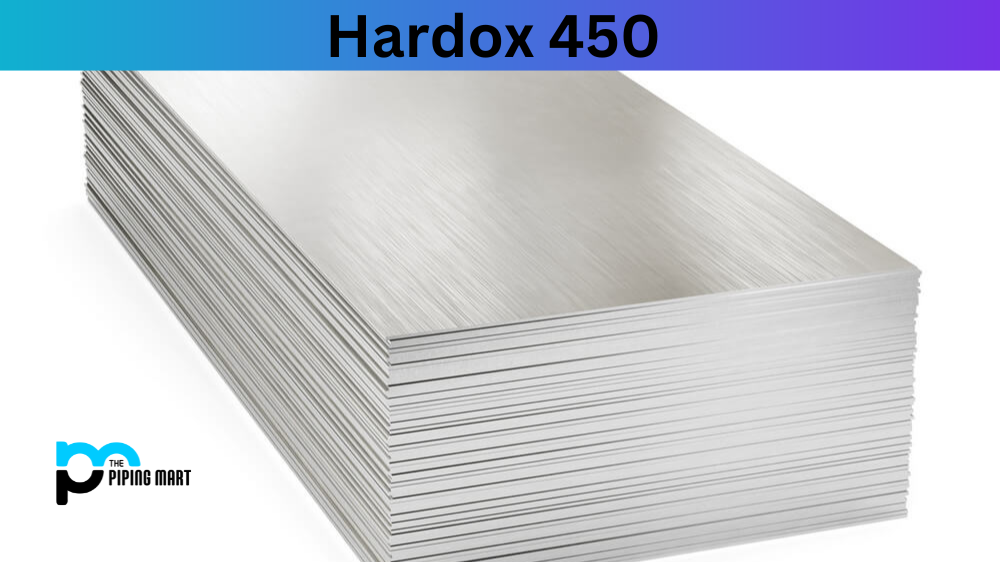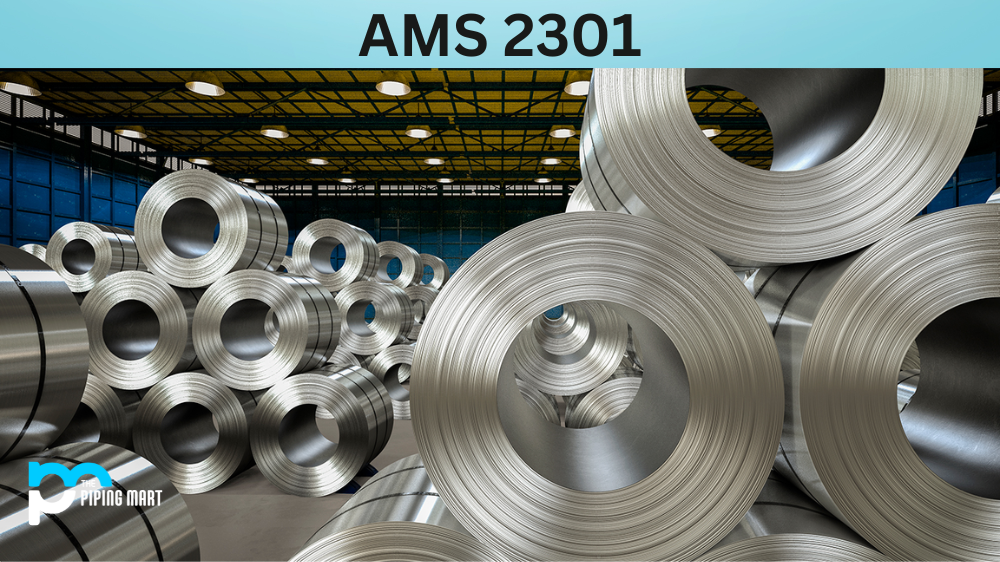SAE / AISI 1019 is a steel used in engineering applications for many years. It has a wide range of uses due to its versatility, ease of welding and machining, and strength. This guide will provide an overview of the chemical, mechanical, physical, and other properties of SAE / AISI 1019 steel so you can make informed decisions when using it in your next project. Let’s dive in!
AISI 1019 Composition
AISI 1019 also called carbon steel, is composed primarily of carbon (0.15-0.20%), manganese (0.60-0.90%) and silicon (0.10-0.35%). It also contains trace amounts of sulfur (below 0.05%), phosphorus (below 0.05%) and chromium (below 0.20%). These small amounts are essential for improving the mechanical properties of the steel. Still, they do not significantly affect its overall composition or performance compared to other grades in the same family, such as 1020 or 1045 steel. Adding these elements makes it an ideal choice for applications where wear resistance is essential or for use in highly corrosive environments, as it offers superior corrosion resistance over other grades with higher levels of chromium content.
| Element | Content (%) |
|---|---|
| Iron, Fe | 98.71-99.16 |
| Manganese, Mn | 0.70-1 |
| Carbon, C | 0.14-0.20 |
| Sulfur, S | ≤ 0.050 |
| Phosphorous, P | ≤ 0.040 |
AISI 1019 Chemical Properties
SAE1019 is a low-carbon steel containing manganese, phosphorus and sulfur elements. This makes it ideal for applications such as gears, pins, drives and shafts. It also has great weldability, formability and machinability. The mechanical properties of this grade are not significantly affected by cold working or heat treatment processes due to its low carbon content. AISI/SAE 1019 offers good strength, wear resistance and flexibility, making it the preferred choice in many industries where components require a combination of these features.
AISI 1019 Mechanical Properties
The mechanical properties are what make SAE – AISI 1019 steel so popular among engineers; they include tensile strength, yield strength, elongation percentage, hardness, impact toughness, modulus of elasticity, shear modulus, Poisson’s ratio, coefficient of thermal expansion/contraction, thermal conductivity/diffusivity, electrical resistivity, specific heat capacity at given temperature intervals, density at given temperature intervals, vacuum permeability at given temperature intervals, Young’s modulus at given temperature intervals, etc. The values depend upon the manufacturer but generally range from 30MPa to 70MPa for tensile strength, with yield strengths ranging from 25MPa up to 45MPa depending on manufacturer specifications. Elongation percentages range from 20% up to 40%. Hardness ranges between HRC 24-32 depending on how it was treated after formation. The impact toughness values are generally low as this grade is not intended for high-impact applications. Additionally, its modulus of elasticity ranges between 210GPa to 240GPa while its shear modulus ranges from 80GPa up to 90 GPa.
| Properties | Metric | Imperial |
|---|---|---|
| Tensile strength, ultimate | 455 MPa | 66000 psi |
| Tensile strength, yield | 379 MPa | 55000 psi |
| Modulus of elasticity | 190-210 GPa | 29700-30458 ksi |
| Bulk modulus (typical for steel) | 140 GPa | 20300 ksi |
| Shear modulus (typical for steel) | 80 GPa | 11600 ksi |
| Poissons ratio | 0.27-0.30 | 0.27-0.30 |
| Elongation at break (in 50 mm) | 15% | 15% |
| Reduction of area | 40% | 40% |
| Hardness, Brinell | 131 | 131 |
| Hardness, Knoop (converted from Brinell hardness) | 150 | 150 |
| Hardness, Rockwell B (converted from Brinell hardness) | 73 | 73 |
| Hardness, Vickers (converted from Brinell hardness) | 136 | 136 |
| Machinability (based on AISI 1212 steel. as 100 machinability) | 70 | 70 |
AISI 1019 Physical Properties
The physical properties that make this grade unique include its weight per unit volume which is 7800 kg/m3 making it a lightweight yet strong material suitable for a variety of applications; melting point, which is 1380°C – 1450°C making it relatively easy to weld; thermal conductivity which ranges between 36 W/mK – 46W/mK making it a good choice for insulation; electric resistivity which runs between 0.17ohm-cm – 0.33ohm-cm making it a good conductor; young’s modulus which ranges between 210GPa -240GPa making it very stiff; coefficient of thermal expansion/contraction which ranges between 11×10^(-6) K^(-1) up to 16×10^(-6) K^(-1); specific heat capacity at given temperatures which ranges between 450 J/(kg K) up to 500J/(kg K).
| Properties | Metric | Imperial |
|---|---|---|
| Density | 7.87 g/cm3 | 0.284 lb/in3 |
AISI 1019 Thermal Properties
| Properties | Metric | Imperial |
|---|---|---|
| Thermal conductivity (typical steel) | 51.9 W/mK | 360 BTU in/hr.ft2.°F |
AISI 1019 Equivalent
- ASTM A29
- ASTM A510
- ASTM A513
- ASTM A519
- ASTM A545
- ASTM A548
- ASTM A576
- SAE J403
- SAE J412
- SAE J414
AISI 1019 Uses
Due to its composition and physical properties, SAE / AISI 1019 steel can be used in many applications, such as automotive components like connecting rods or drive shafts; industrial equipment such as pumps or valves; agricultural machinery such as ploughs or harrows; construction materials like beams or girders; structural components such as bridges or buildings; machine parts like gears or spindles; and much more! Its widespread use makes it one of the most versatile materials available today.
Corrosion Resistance & Heat Treatment
Due to its low chromium content, this grade does not offer much corrosion resistance. However, treatments such as galvanizing can help improve its resistance against oxidization caused by exposure to moisture. Heat treatment can also improve corrosion resistance by increasing hardness though this method should be performed with great caution as overheating can cause brittle behaviour due to hardening too quickly, leading to cracks forming during cooling-down periods.
Machining
Due to its composition, this grade is relatively easy to machine using traditional methods such as turning boring, drilling tapping, etc., and CNC machining techniques like EDM wire cutting, water jet cutting, and laser cutting.
Welding
As far as welding goes, arc welding processes work best with this grade since they offer better control when compared with gas welding techniques; however, care must be taken when performing preheating processes; due care must be taken since overheating could lead to cracking while cooling down periods.
Conclusion:
In conclusion, SAE / AISI 1019 steel offers great versatility thanks to its chemical composition, mechanical properties, physical properties, heat treatment capabilities, machinability & weldability, making it an ideal choice for an all-around material perfect for any project! However, one must consider all factors before deciding if this grade fits their needs! With proper research, one can find out how beneficial SAE /AISI 1019steel is! So don’t wait any longer. Get started today!

Meet Bhavesh, a seasoned blogger with a wealth of knowledge and experience. From metal products manufacturing to retail, Bhavesh has a diverse background in various industries and is dedicated to sharing his insights and expertise with readers.




